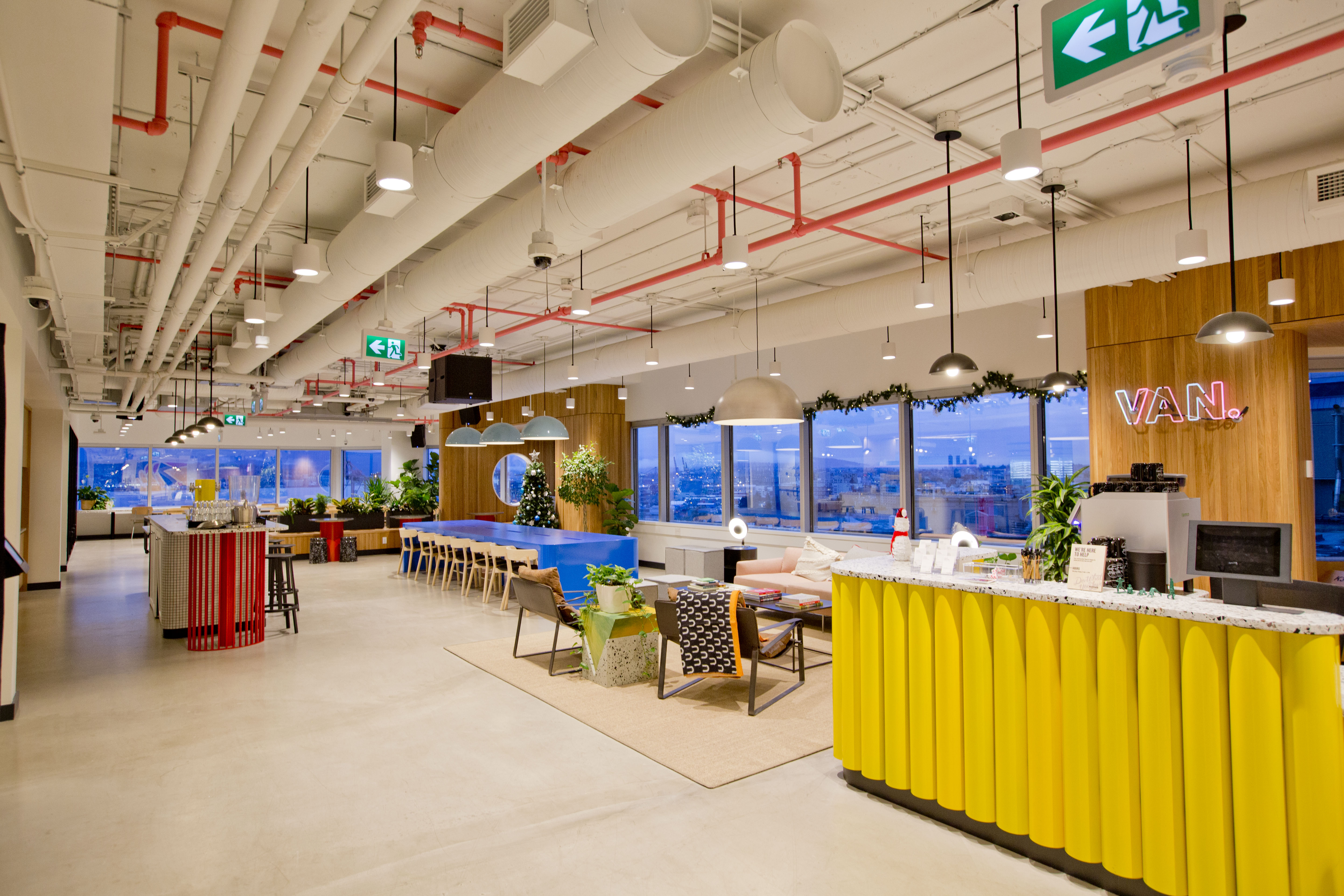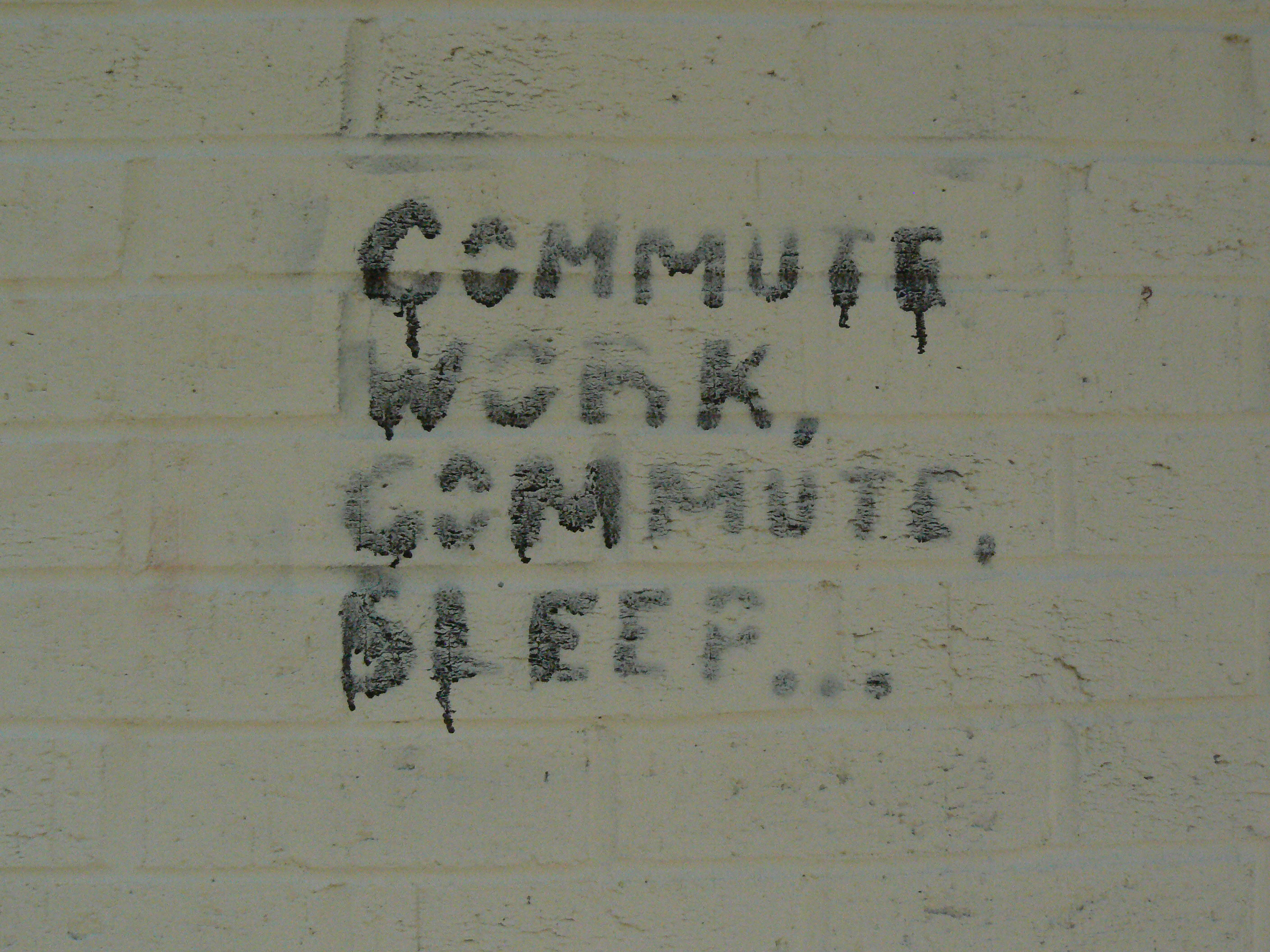Working from Home
A list of five lessons about working from home and the potential implications for land use and urban planning.

One outcome of the novel coronavirus pandemic has been a dramatic shift in the location of work from offices and factories to home. Many workers appreciate the opportunity to work from home, yet there has long been resistance to the practice from employers concerned about monitoring employees and maintaining productivity.
When forced to allow the practice, both employers and workers have shown the strengths and weaknesses of such a system that is likely to shape the future work environment. Recent surveys by Gensler show that working from home is popular for many, although the balance between workplace and home varies by several factors including age, type of work and personal preference.
If working from home becomes popular, what are the implications for land use and urban planning?

Lesson 1: Communications Infrastructure
One clear lesson from our recent experience is the essential role of communications and the internet to allow many dimensions of our lives to continue including work, education, health care, and staying in touch with friends and family. For if working and learning from home becomes the norm, then a planning priority must be to guarantee access to the networks and technology that will enable people to remain connected and productive.

Lesson 2: Location, Location, Location
Workplaces with fewer workers may redesign spaces as co-working areas and need less room, so that over time commercial real estate may have softer demand. In contrast, working from home may spur renovations and encourage relocation as footloose workers seek to live in high-amenity areas instead of convenience to the workplace.

Lesson 3: The Daily Commute
One of the appealing features of working from home (WFH) is the savings in time and money from not commuting. Greater personal time and fewer transportation costs appeal to many workers and carry congestion savings and environmental benefits. WFH may also reduce the efficiency of public transit systems in major cities designed for high-volume traffic, so may require a rethinking of mobility strategies and priorities for many communities.

Lesson 4: Follow the Tax Dollars
Many cities rely on local sales taxes and income taxes to support services and infrastructure yet working from home may shift resources away from cities to surrounding areas that do not have such taxes. The cost advantage of working remotely could encourage relocation away from cities to areas with lower housing costs and taxes, leaving central cities with continuing high costs yet reduced revenue.
The reverse may be that WFH demands residential communities to spend more to meet the full-time needs of residents, especially for infrastructure development and changes in education delivery.

Lesson 5: Not Everyone Benefits
This pandemic is already recognized for its unequal impact, particularly hurting low-income and minority residents and communities. Many essential tasks are performed by low-income workers who must interact with coworkers and the public, while information workers are able to benefit from WFH.
Neighborhoods with strong communications infrastructure have been able to continue functioning during lockdown, but communities and neighborhoods on the wrong side of the digital divide face great challenges around work and education that will create economic hardship and delay academic and personal development.
Planners serve all residents and need to be mindful of the social justice implications of this seismic change in how we live and work.
Much will be asked of planners in the coming months and years as we are called on to work with communities to rethink how we want and can live under the changing work and health conditions. What is clear about the future is that planning matters...
Urban & Regional Planning Program at Michigan State University
Urban and regional planning investigates the connection between our physical spaces, communities and the individual. Through the combination of data, environmental research, creative design and community outreach, planners have the potential to positively impact the way we exist with our environment.
As our society grapples with issues of the environment, social justice, culture, economic development and sustainability, Planners are at the forefront of developing creative and inclusive solutions to the ongoing demands of the economic, social and environmental development of our communities at varying scales (from the local to the regional/national).
The MSU Urban & Regional Planning program was established in 1946 and offers a Bachelor of Urban and Regional Planning, a Master of Urban and Regional Planning and a Ph.D. in Planning, Design and Construction with a concentration in Urban and Regional Planning.
Contact us for more information: Zenia Kotval, URP professor and program director at kotval@msu.edu.



 Print
Print Email
Email




